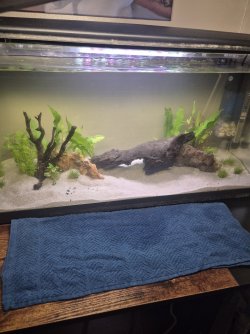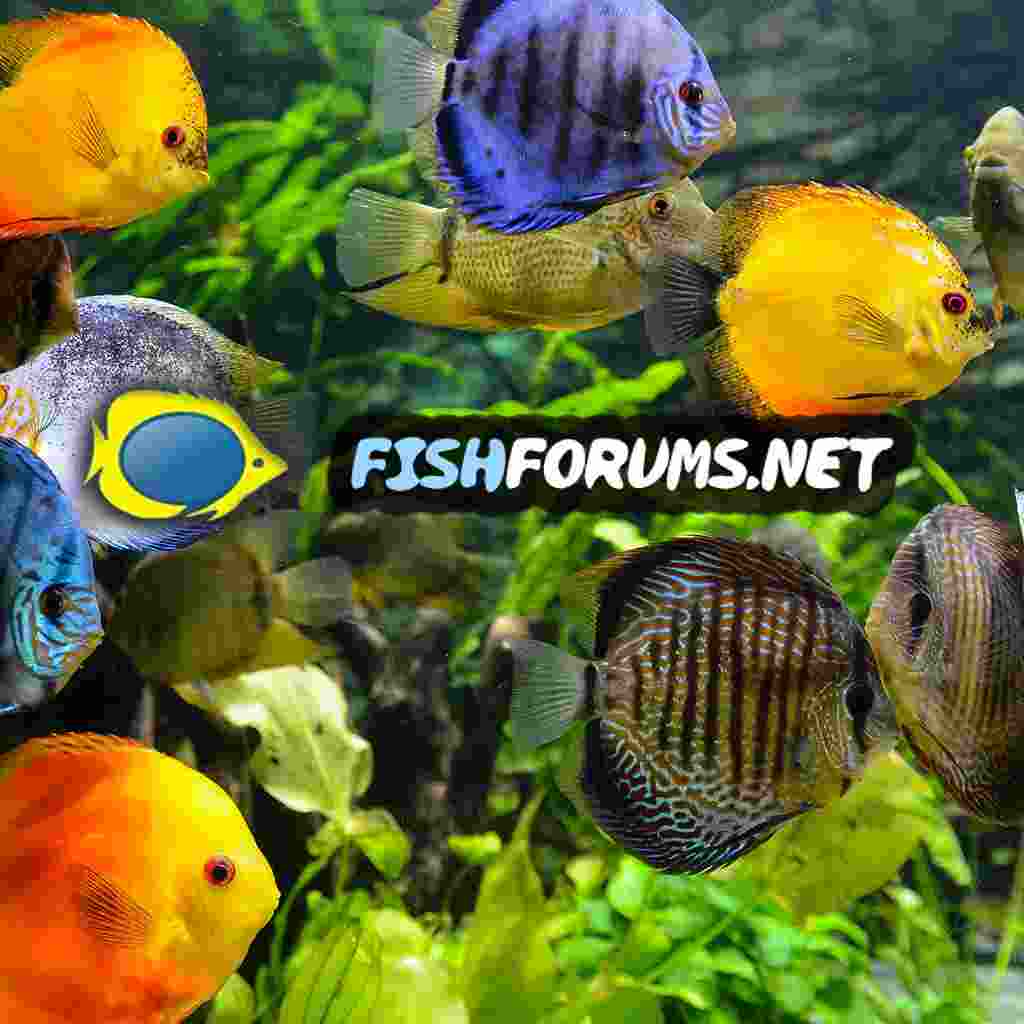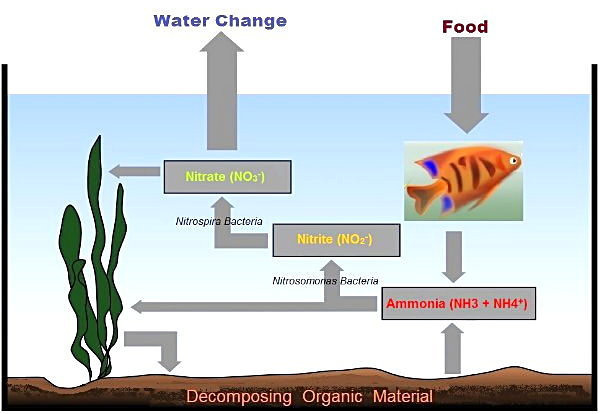Kierant809
New Member
Hi I would like to start by saying this is my first tank.
I have a basic understanding of the nitrate cycle.
I've had the tank set up for 4 days now. I started by ghost feeding the aquarium for ammonia.
I've test everyday and it still shows nothing.
My tap water ph is around 6 to 6.5. When I'm testing the aquariums water it's reading around the same. I've been using stability for bacteria. To try quick start the cycling.
When I went to my LFS he said i shouldn't ghost feed it and after using stability for 7 days just throw in some tetras. But I don't want to end up harming or killing fish because the tanks not cycled.
Am I better to just buy bottle ammonia or am I missing something.
I have a basic understanding of the nitrate cycle.
I've had the tank set up for 4 days now. I started by ghost feeding the aquarium for ammonia.
I've test everyday and it still shows nothing.
My tap water ph is around 6 to 6.5. When I'm testing the aquariums water it's reading around the same. I've been using stability for bacteria. To try quick start the cycling.
When I went to my LFS he said i shouldn't ghost feed it and after using stability for 7 days just throw in some tetras. But I don't want to end up harming or killing fish because the tanks not cycled.
Am I better to just buy bottle ammonia or am I missing something.




